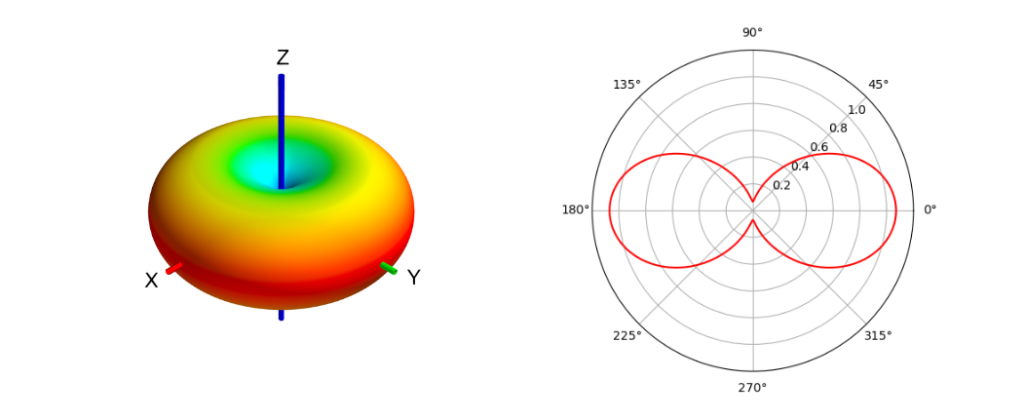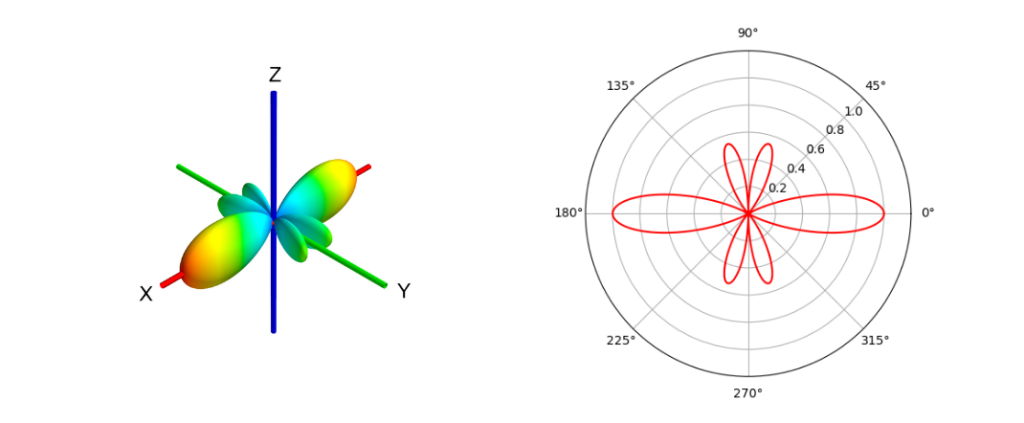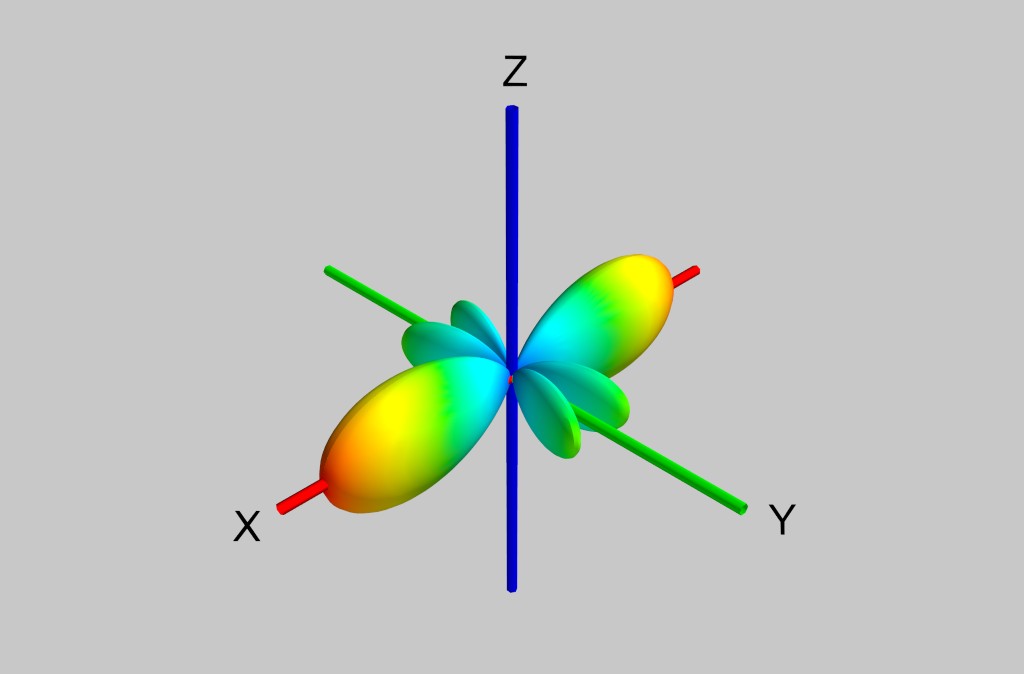Demystifying Antenna Gain
In the context of wireless communication, the term “antenna gain” is frequently thrown around, often with the assumption that “higher is better”. But what does antenna gain really mean, and is the common belief accurate?
Understanding Antenna Gain
Since antennas are mainly passive devices made of metal and plastic and without power supply, there can be no actual gain. The power flowing out of the antenna socket cannot surpass the power received from the air. Why then is the number often positive?
The Isotropic Reference Point
The key to understanding antenna gain lies in the reference point – the “isotropic” radiator. This theoretical antenna evenly transmits in all directions and serves as a baseline with a gain of 0dB (1x). When “dBi” is used in antenna specifications, it refers to the gain concerning this isotropic radiator. For instance, an antenna claiming “antenna gain 3dBi” is asserting that it performs 3dBi better than an isotropic radiator in a specific direction.
Omnideractional Antennas
Both isotropic antennas and omnidirectional antennas transmit radio waves in multiple directions, but there is a key difference between the two. As mentioned before, isotropic antennas are impossible to create in the real world, but they are a useful concept for understanding the behavior of antennas. Omnidirectional antenna is a type of antenna that radiates power uniformly over a wide range of directions, but not in all directions. It is often described as a doughnut-shaped radiation pattern. This means that the antenna is able to transmit radio waves in all directions horizontally, but not vertically. They are ideal for applications like Wi-Fi, television broadcasting, and cellular phone networks.

Directionality and Trade-offs
It is critical to understand that a “gain” in one direction means a “loss” in another.
A high peak antenna gain makes sense only if you know which direction is preferred, and thus, it is generally appropriate for stationary equipment. However, for mobile or body-worn equipment, determining the preferred direction becomes uncertain. In such cases, having an antenna with a high peak gain is actually a bad idea. Directional antennas, as opposed to omnidirectional antennas, emit signals in a focussed beam, making them ideal for point-to-point communications and radar systems. Thus, for portable or body-worn devices, where the direction may vary, it makes more sense to prioritize antennas with the highest “antenna efficiency” with the lowest peak antenna gain.

The Significance of Proper Antenna Tuning
Regardless of your antenna choice, whether favoring high gain for stationary devices or high efficiency for mobile devices, ensuring proper antenna tuning is crucial. In all scenarios, accurate tuning remains the most effective way to extract maximum performance. A precisely adjusted antenna not only optimizes functionality but also provides confidence when launching products into the market.
At Systec Designs, we specialize in guiding you through the intricate world of antenna selection and tuning. Contact our experts for tailored insights and seamless integration of antennas into your products.
Reach out to us today to get the best solutions for your business!

